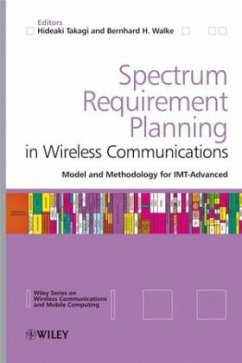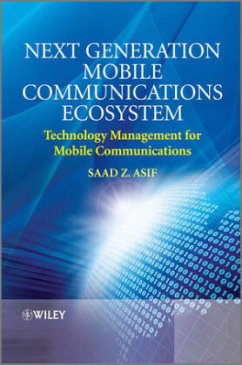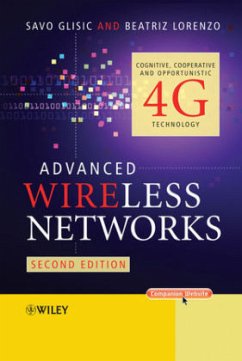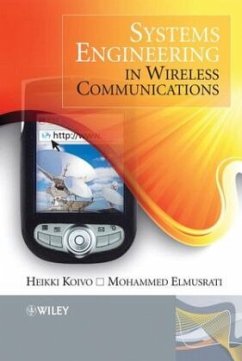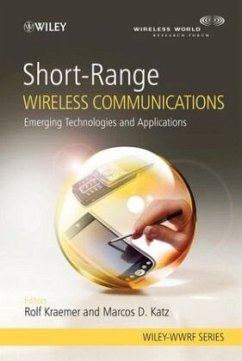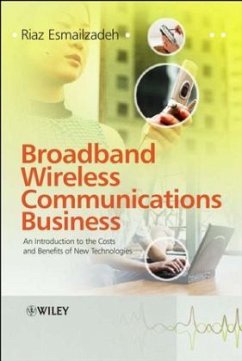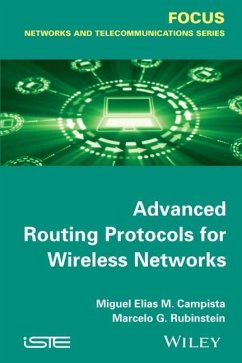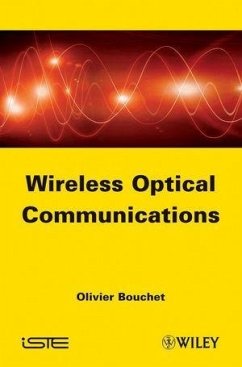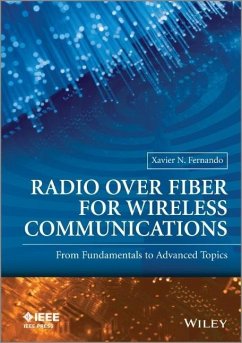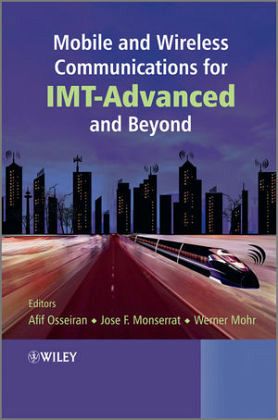
Mobile and Wireless Communications for IMT-Advanced and Beyond
Versandkostenfrei!
Versandfertig in über 4 Wochen
128,99 €
inkl. MwSt.
Weitere Ausgaben:

PAYBACK Punkte
64 °P sammeln!
IMT-A is considered to be the next stage in wireless communications, and will replace LTE as a topic of interest within the industry. This book applies the discoveries and investigations of the WINNER+ project, a study that acted as an external evaluator group for IMT-Advanced processes, and involved the collaboration of global network operators and standardization bodies. The book places particular emphasis on the topics of Coordinated Multi-Point (CoMP) systems, network coding, relaying, peer-to-peer communication, and spectrum sharing. Ideal for academics and practitioners, the book includes the work of standardization bodies.
A timely addition to the understanding of IMT-Advanced, this book places particular emphasis on the new areas which IMT-Advanced technologies rely on compared with their predecessors. These latest areas include Radio Resource Management, Carrier Aggregation, improved MIMO support and Relaying.
Each technique is thoroughly described and illustrated before being surveyed in context of the LTE-Advanced standards. The book also presents state-of-the-art information on the different aspects of the work of standardization bodies (such as 3GPP and IEEE), making global links between them.
Explores the latest research innovations to assess the future of the LTE standard
Covers the latest research techniques for beyond IMT-Advanced such as Coordinated multi-point systems (CoMP), Network Coding, Device-to-Device and Spectrum Sharing
Contains key information for researchers from academia and industry, engineers, regulators and decision makers working on LTE-Advanced and beyond
Each technique is thoroughly described and illustrated before being surveyed in context of the LTE-Advanced standards. The book also presents state-of-the-art information on the different aspects of the work of standardization bodies (such as 3GPP and IEEE), making global links between them.
Explores the latest research innovations to assess the future of the LTE standard
Covers the latest research techniques for beyond IMT-Advanced such as Coordinated multi-point systems (CoMP), Network Coding, Device-to-Device and Spectrum Sharing
Contains key information for researchers from academia and industry, engineers, regulators and decision makers working on LTE-Advanced and beyond




